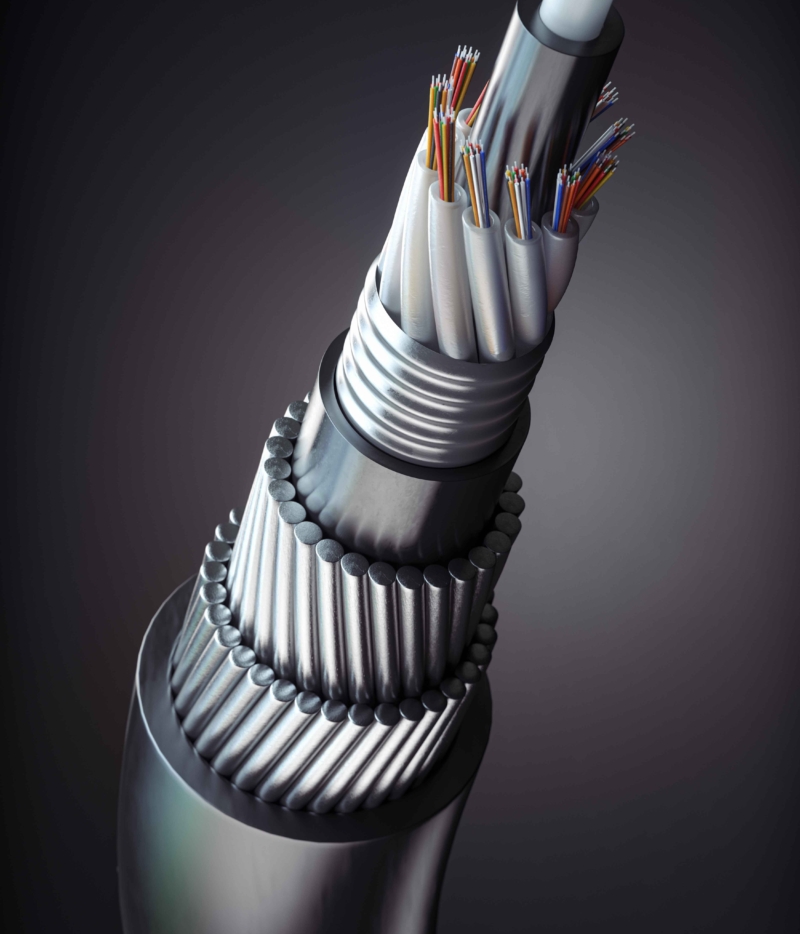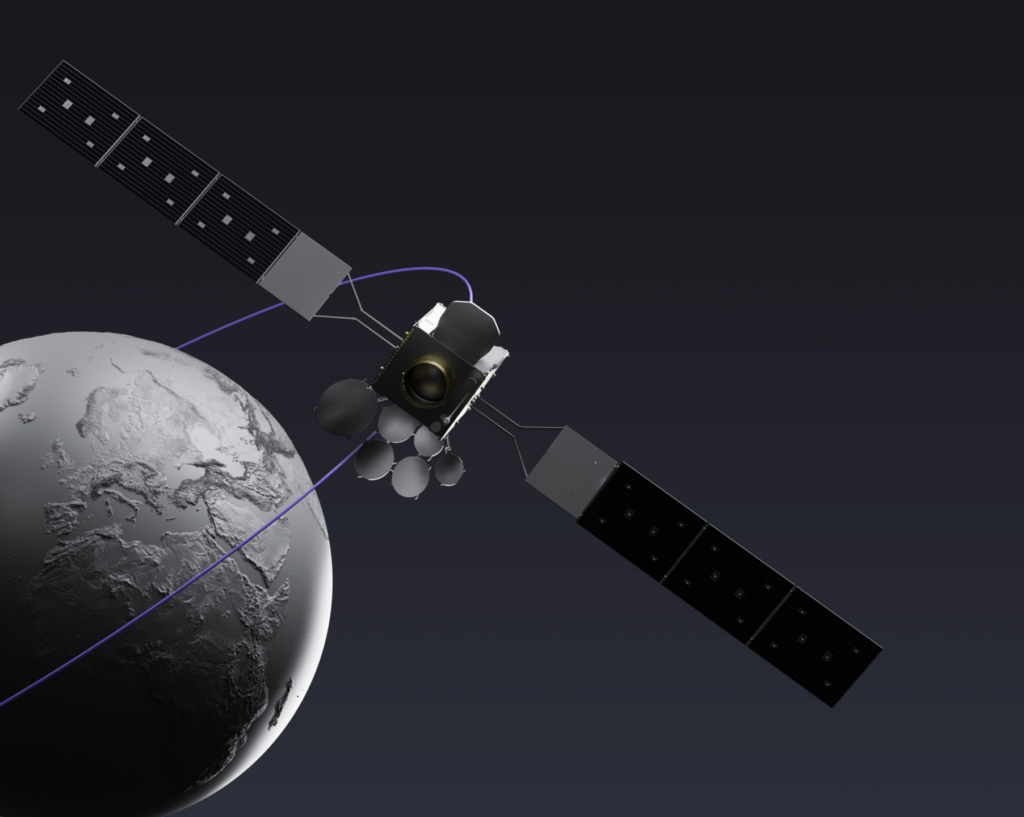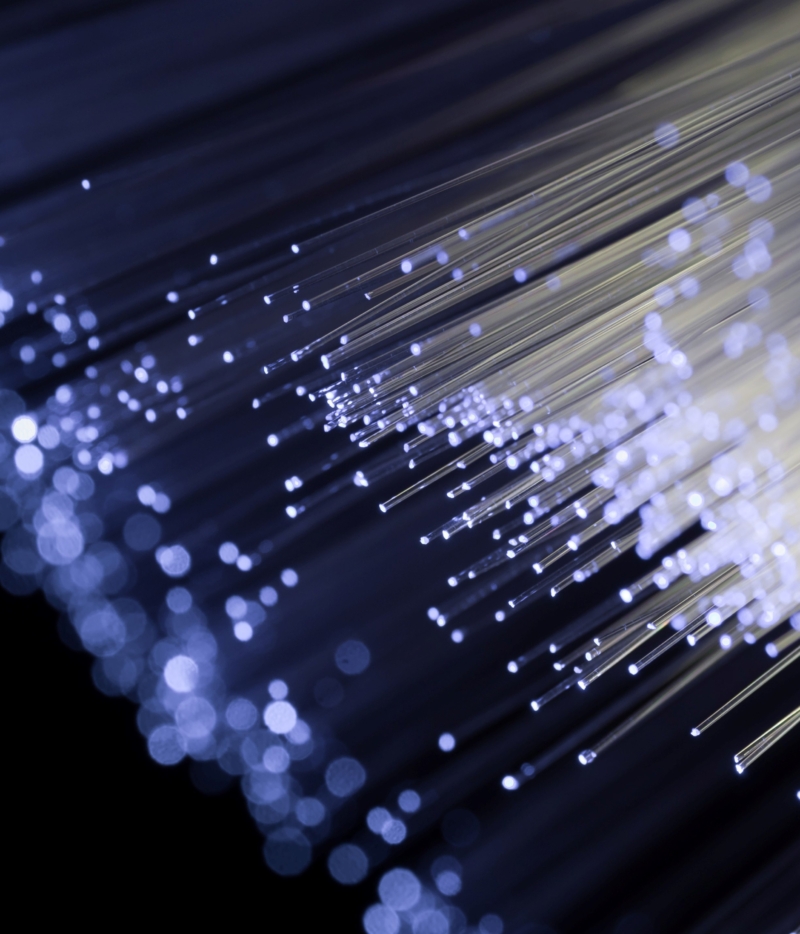Subsea
Fibre optic cables
Critical infrastructure
In 2024, the Svalbard Report, highlighted the importance of these cables: “Svalbard and the mainland are connected through two subsea fibre cables. The fibre cable connection is critical infrastructure and provides equally good e-commerce services as on the mainland through the virtually unlimited capacity of the cables.
The cables are owned and operated by Space Norway. Various business operators and public entities, including the Svalbard Satellite Station (SvalSat) and Avinor for traffic management at Svalbard Airport, utilise the fibre cable connection for their communication needs.
Operational since 2004, the fibre cable between Svalbard and the mainland has an estimated technical lifespan until the end of 2028. While there is a possibility of extended operation beyond 2028, it cannot be guaranteed.

The history of the cables
Svalbard’s geographical location is ideal for downloading data from satellites in polar orbits. Initially, satellite data from SvalSat was transmitted to customers via a geostationary satellite. However, the limited capacity for data transmission via satellite was a significant limiting factor. Around 2001, it became clear that SvalSat’s future development was entirely dependent on the efficient transfer of large volumes of data to the mainland.
At that time, SvalSat was part of Norsk Romsenter Eiendom (later renamed Space Norway), a company owned by the Norwegian Space Agency (NSA). The NSA believed that a subsea fibre cable would be essential for the future development of SvalSat’s activities. With Space Norway heading the project, the NSA succeeded in this mission.
Construction was completed in 2003, with Tyco Communications (now SubCom) as the contractor, and the fibre optic cable connection became operational in January 2004.

-
Have questions about the Svalbard fibre optic cables?
Contact our team today to learn more about our subsea infrastructure projects and how they support robust communication for Svalbard’s community and the Norwegian government.
Discover more
-

Our projects
-

Our partners
-

Our sectors
